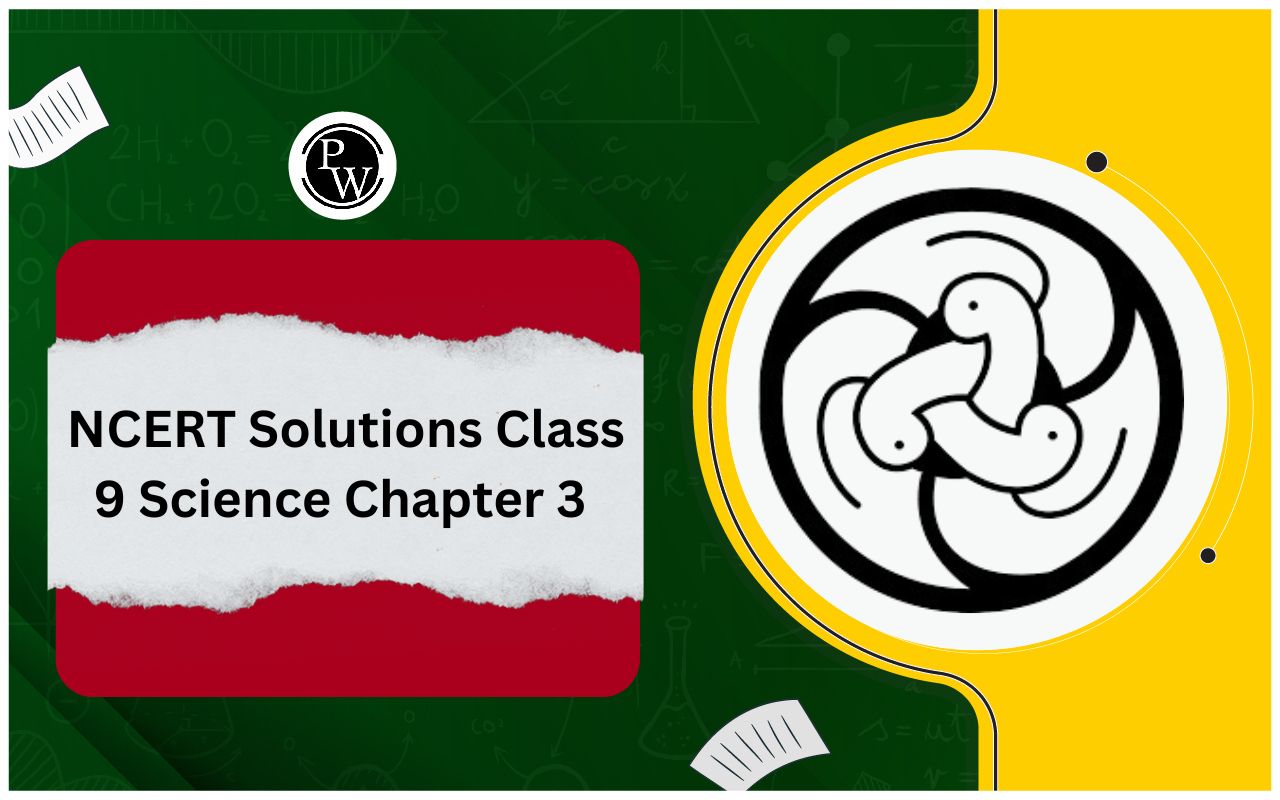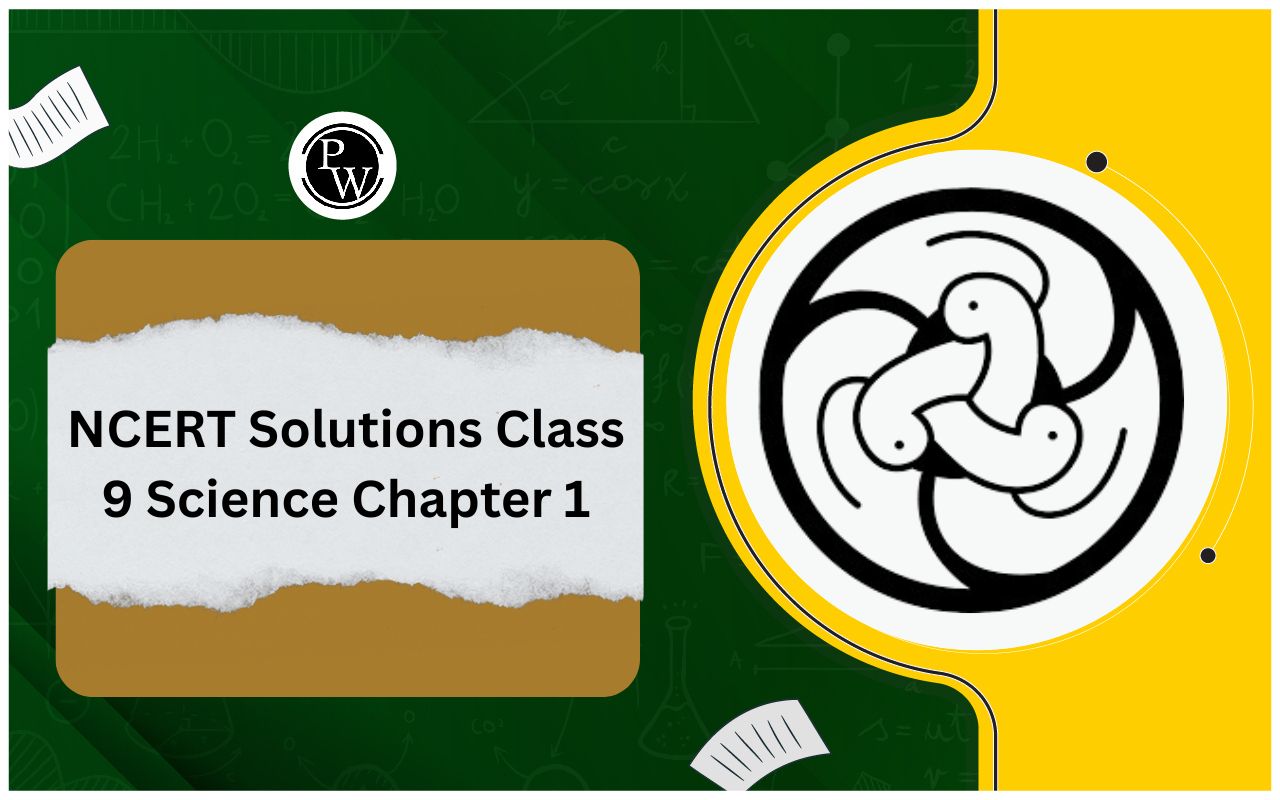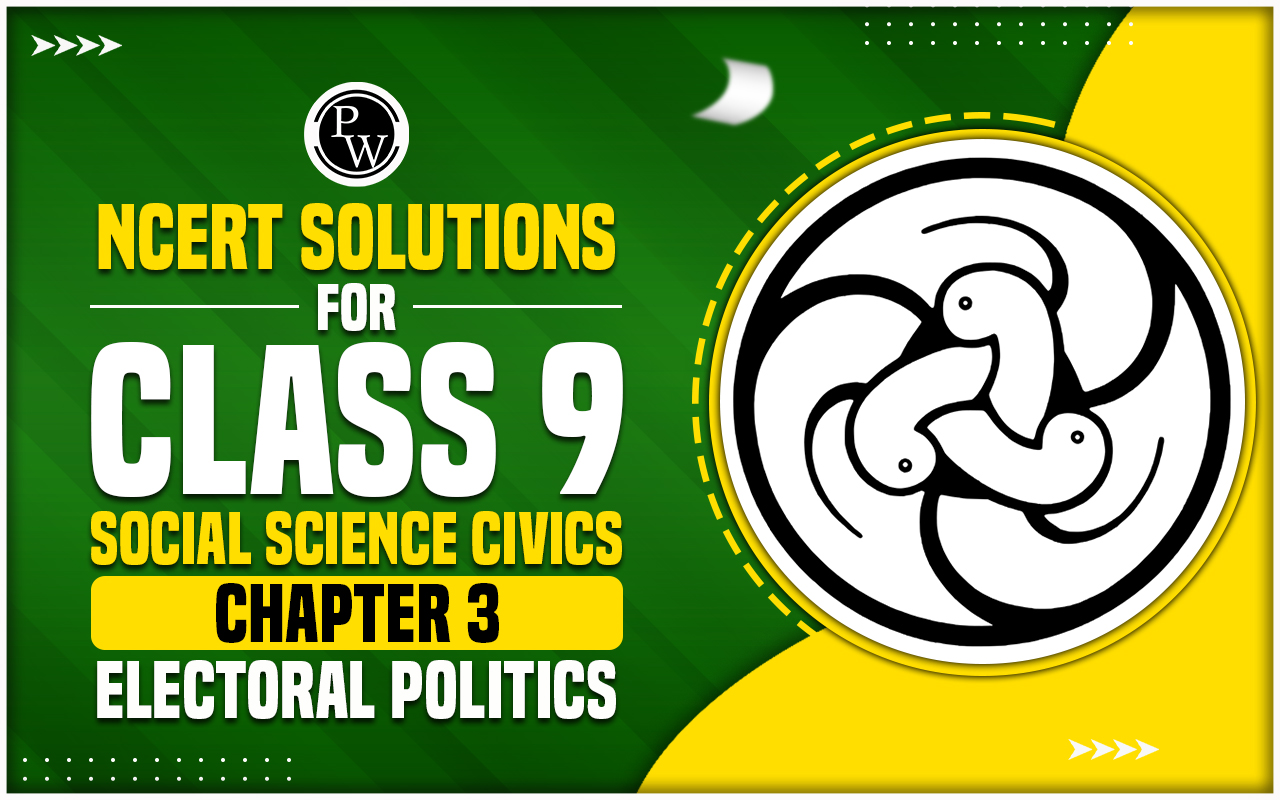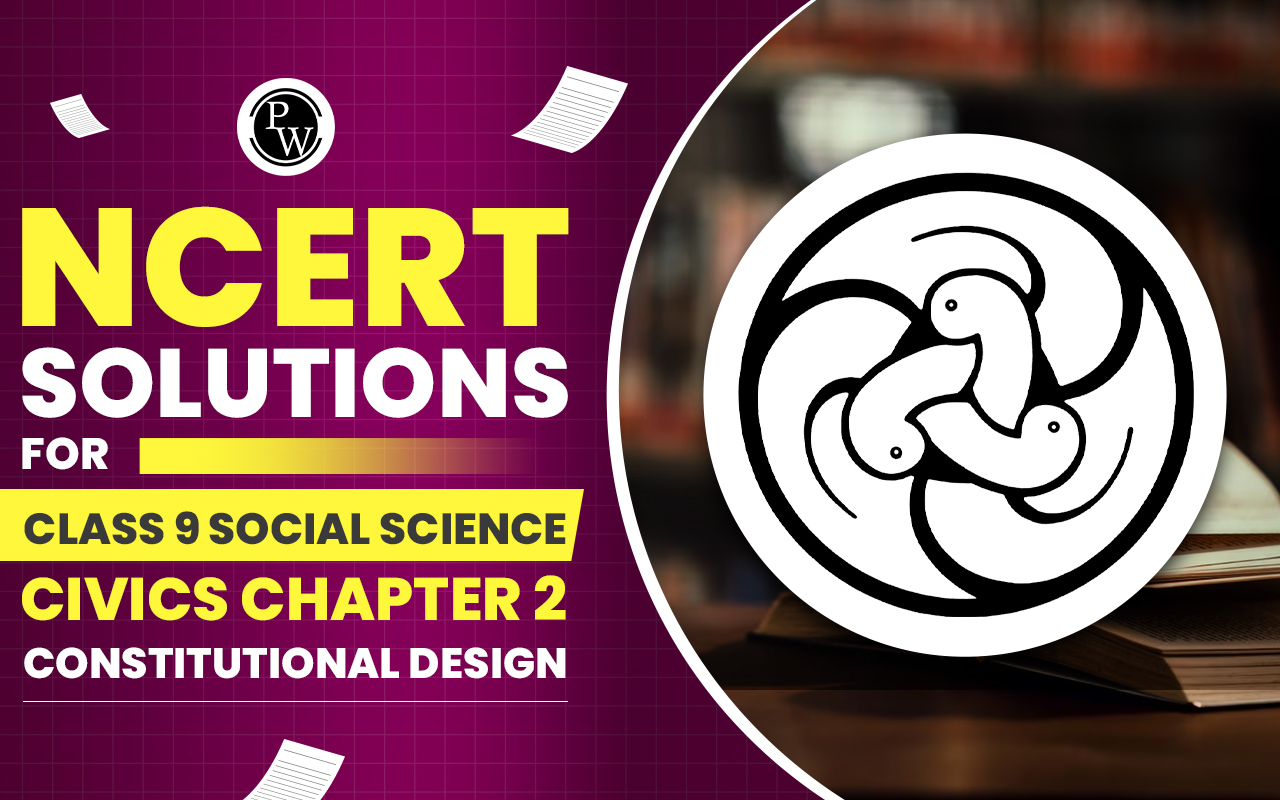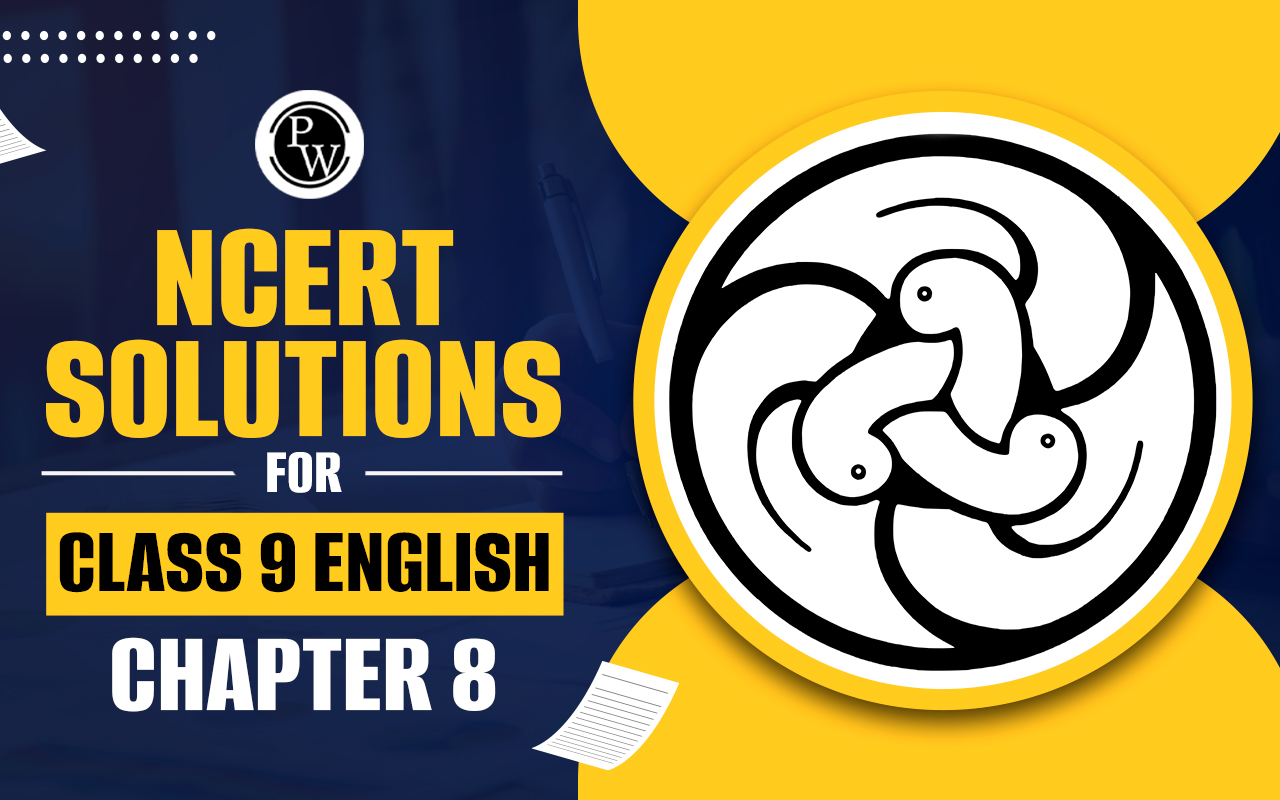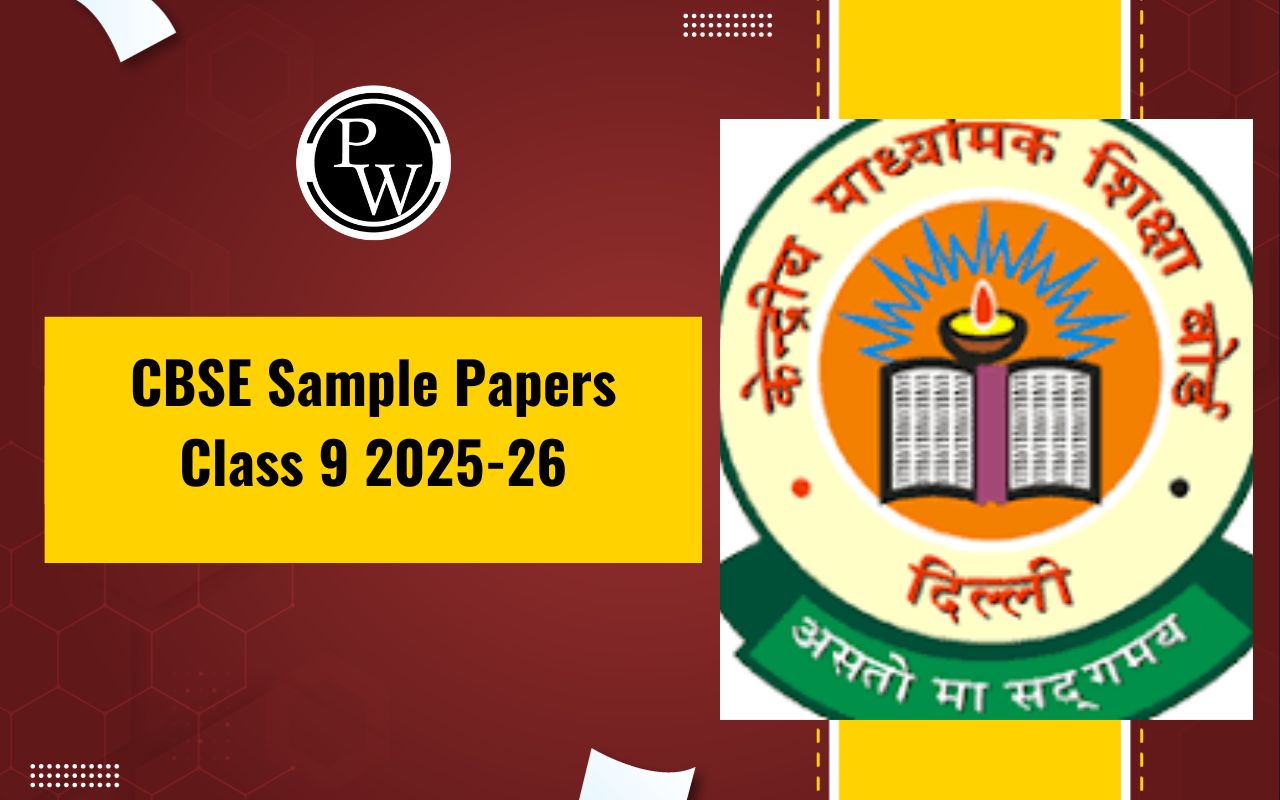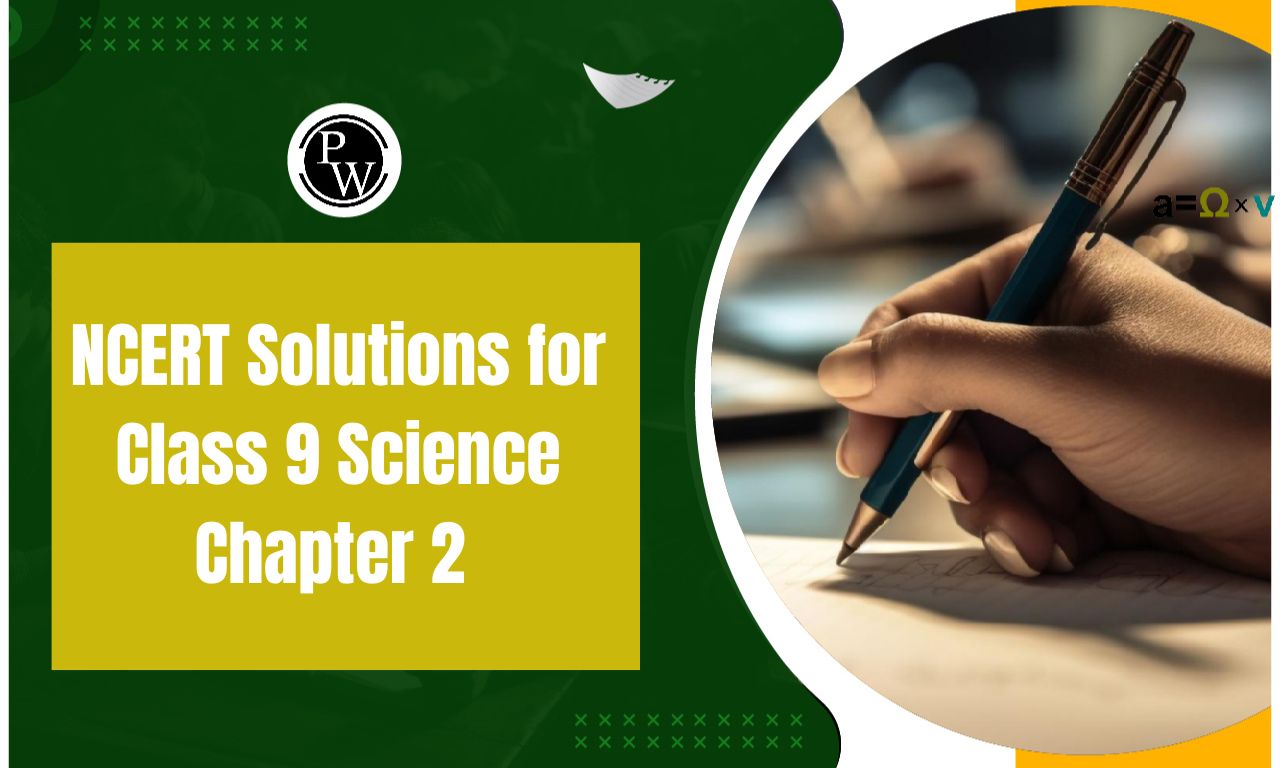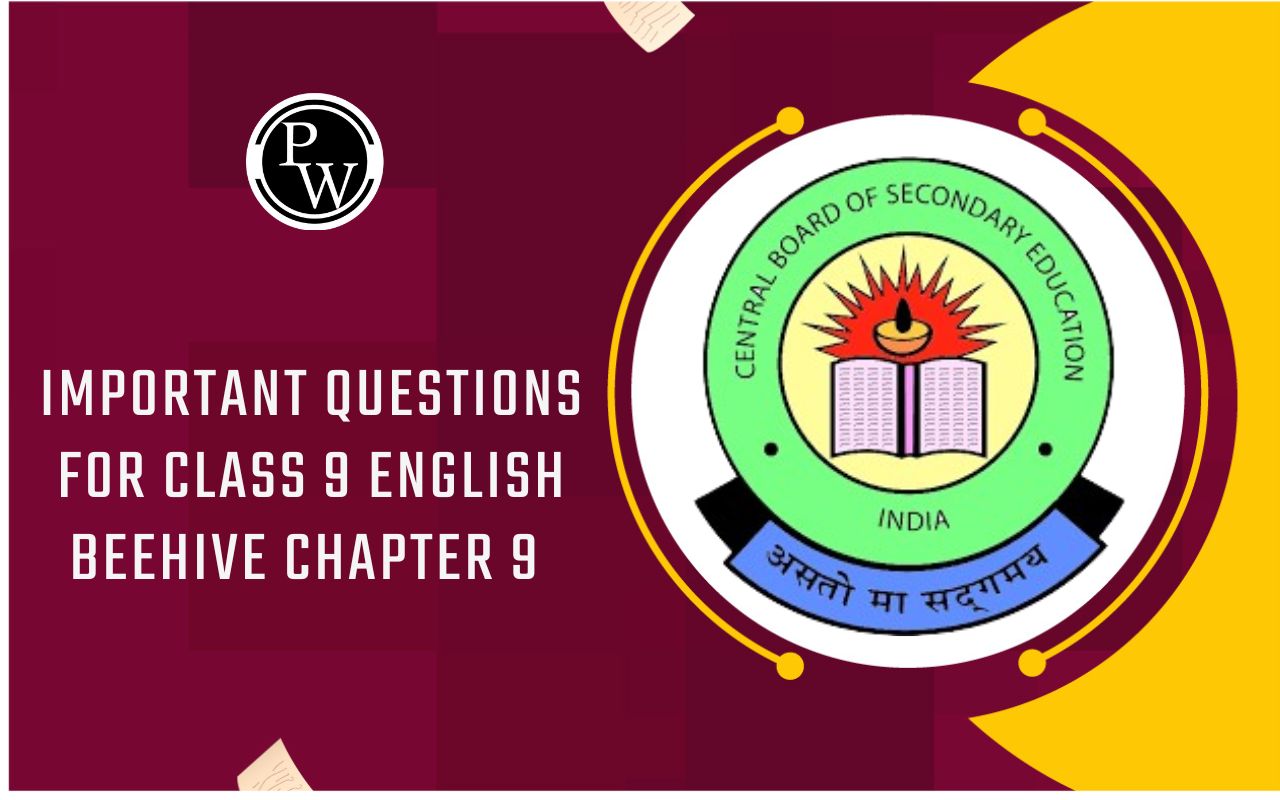
NCERT Solutions for Class 9 English Moments Chapter 6: NCERT Solutions for Class 9 English Chapter 6 "Weathering The Storm In Ersama" are available here with simple step-by-step explanations. These solutions provide step-by-step explanations and cover all the questions and exercises present in the chapter.
Students can rely on these solutions for better preparation, whether it's for completing homework or preparing for exams. With NCERT Solutions for Class 9 English Moments Chapter 6 students can enhance their comprehension and perform well in their English examinations.NCERT Solutions for Class 9 English Moments Chapter 6 PDF
The PDF link for NCERT Solutions for Class 9 English Moments Chapter 6 "Weathering the Storm in Ersama" is available below. These solutions help students understand the chapter better. They provide clear explanations for each question making it easier for students to learn.NCERT Solutions for Class 9 English Moments Chapter 1
With these solutions students can improve their understanding of the story, characters, and themes. Just click the link below to download the PDF and start learning:NCERT Solutions for Class 9 English Moments Chapter 6 PDF
NCERT Solutions for Class 9 English Moments Chapter 6 Weathering the Storm in Ersama
Think about it
Question 1. What havoc has the super cyclone wreaked in the life of the people of Orissa?
Answer: The super cyclone uprooted and crashed ancient trees to the earth. People and houses were swiftly washed away. A raging, deadly, brown sheet of water covered everything as far as the eye could see; only fractured cement houses still stood in a few places. Bloated animal carcasses and human corpses floated in every direction. All around, even huge old trees had fallen.
NCERT Solutions for Class 9 English Moments Chapter 2
Question 2 . How has Prashant, a teenager, been able to help the people of his village?
Answer: Prashant, who was just nineteen years old, decided to lead the people of his village. He organized a group of youths and elders to jointly pressure the merchant once again to part with his rice. This task was done successfully. For the first time in four days, the survivors at the cyclone shelter were able to fill their bellies.
Then he organized a team of youth volunteers and cleaned the shelter of filth, urine, vomit and floating carcasses, and tended to the wounds and fractures of the people who had been injured by the cyclone.NCERT Solutions for Class 9 English Moments Chapter 3
He brought the children who were orphaned together and put up a polythene sheet shelter for them.Question 3 . How have the people of the community helped one another? What role do the women of Kalikuda play during these days?
Answer: The people of the community helped one another by grouping under the leadership of Prashant. They convinced the merchant to help them with the available rice. The youth task force made children lie in the sand left by the waters around the shelter with these utensils on their stomachs to communicate to the passing helicopters that they were hungry. The message got through, and they began receiving food and other basic needs at regular intervals.
NCERT Solutions for Class 9 English Moments Chapter 4
Women of Kalikuda were mobilized to look after the orphaned children while the men secured food and materials for the shelter. The women began to work in the food-for-work programme started by an NGO.Question 4 . Why do Prashant and other volunteers resist the plan to set up institutions for orphans and widows? What alternatives do they consider?
Answer: Prashant and other volunteers resisted the plan to set up institutions for orphans and widows because they felt that in such institutions, children would grow up without love and widows would suffer from stigma and loneliness.
They considered the alternative of resettling the orphans in their own community itself, possibly in new foster families made up of childless widows and children without adult care.Question 5 . Do you think Prashant is a good leader? Do you think young people can get together to help people during natural calamities?
Answer: Yes, Prashant is a great leader. Even though he himself was grief-stricken, he decided to lead the people of his village. He organised a group of youths and elders to help others in tough times. He took several initiatives and made it possible for people to put their lives back on track.
Yes, I think young people can get together to help people during natural calamities. Young people are full of energy and strength. They can come up with new and useful ideas to reduce the devastating effects of calamities by helping more and more people.NCERT Solutions for Class 9 English Moments Chapter 6 Summary
NCERT Solutions for Class 9 English Moments Chapter 6 FAQs
What is the main theme of "Weathering the Storm in Ersama"?
Where can students find the NCERT Solutions for Class 9 English Moments Chapter 6?
How to prepare for the exam using Chapter 6 of NCERT Solutions for Class 9 English Supplementary?


